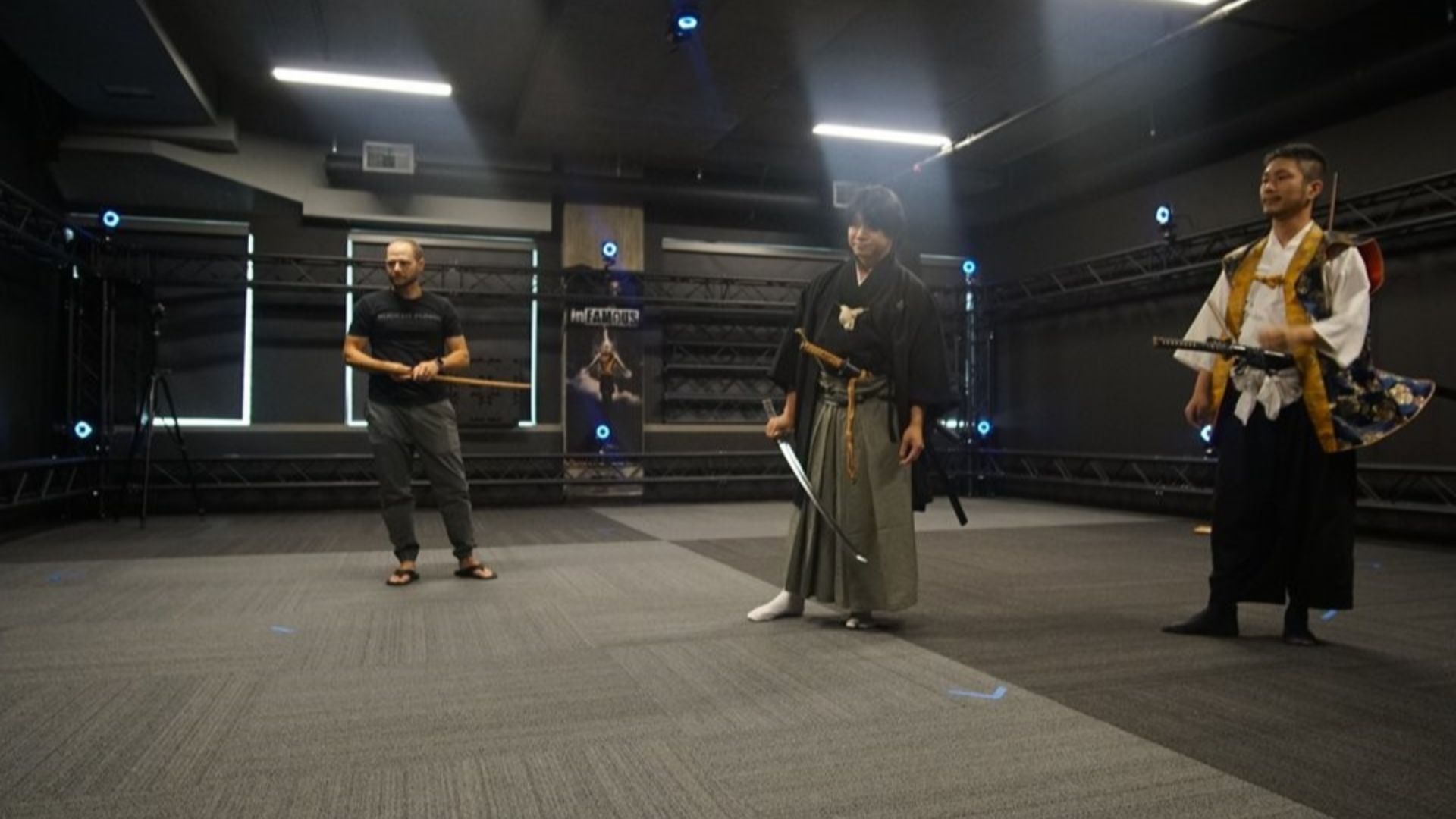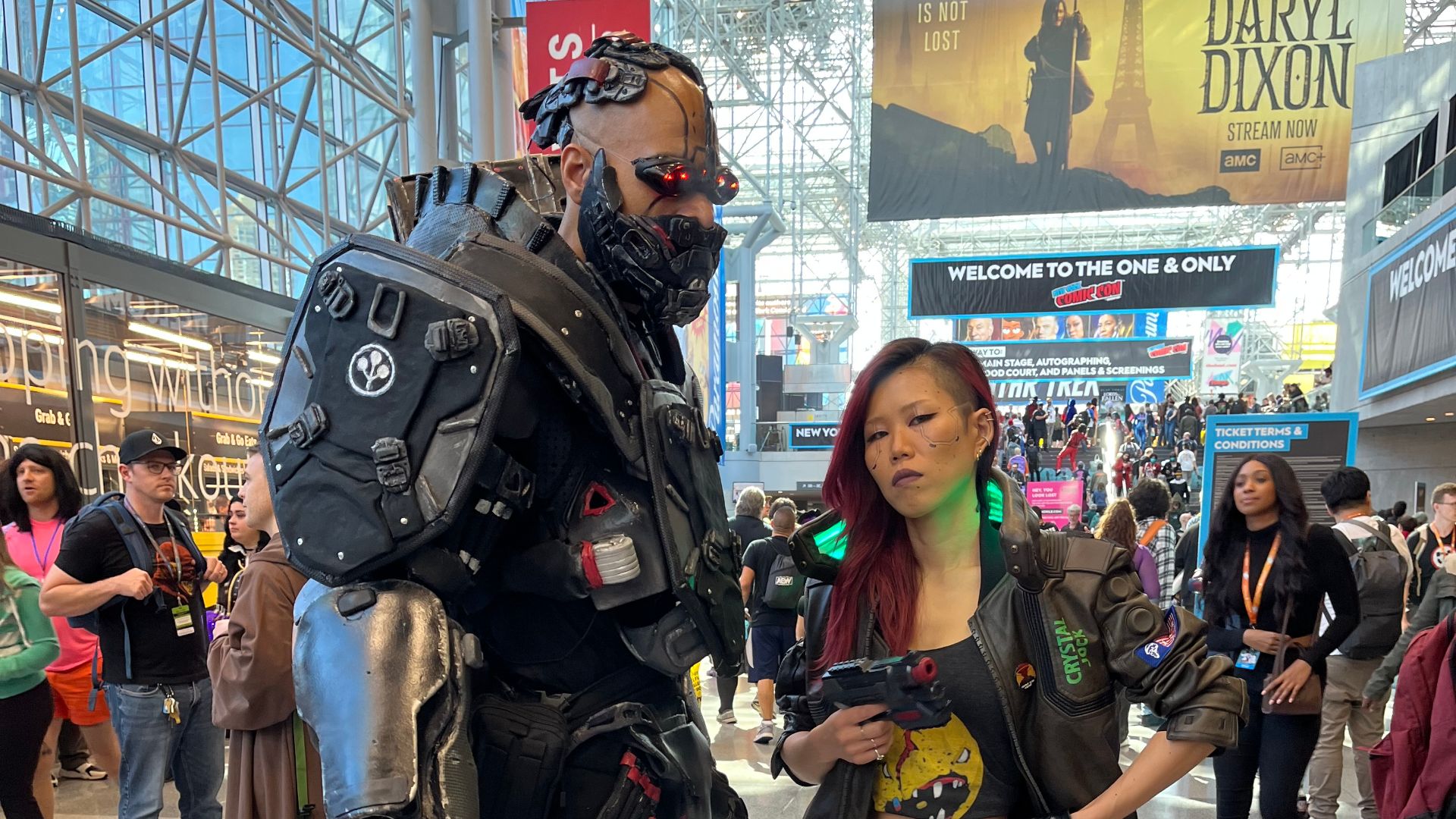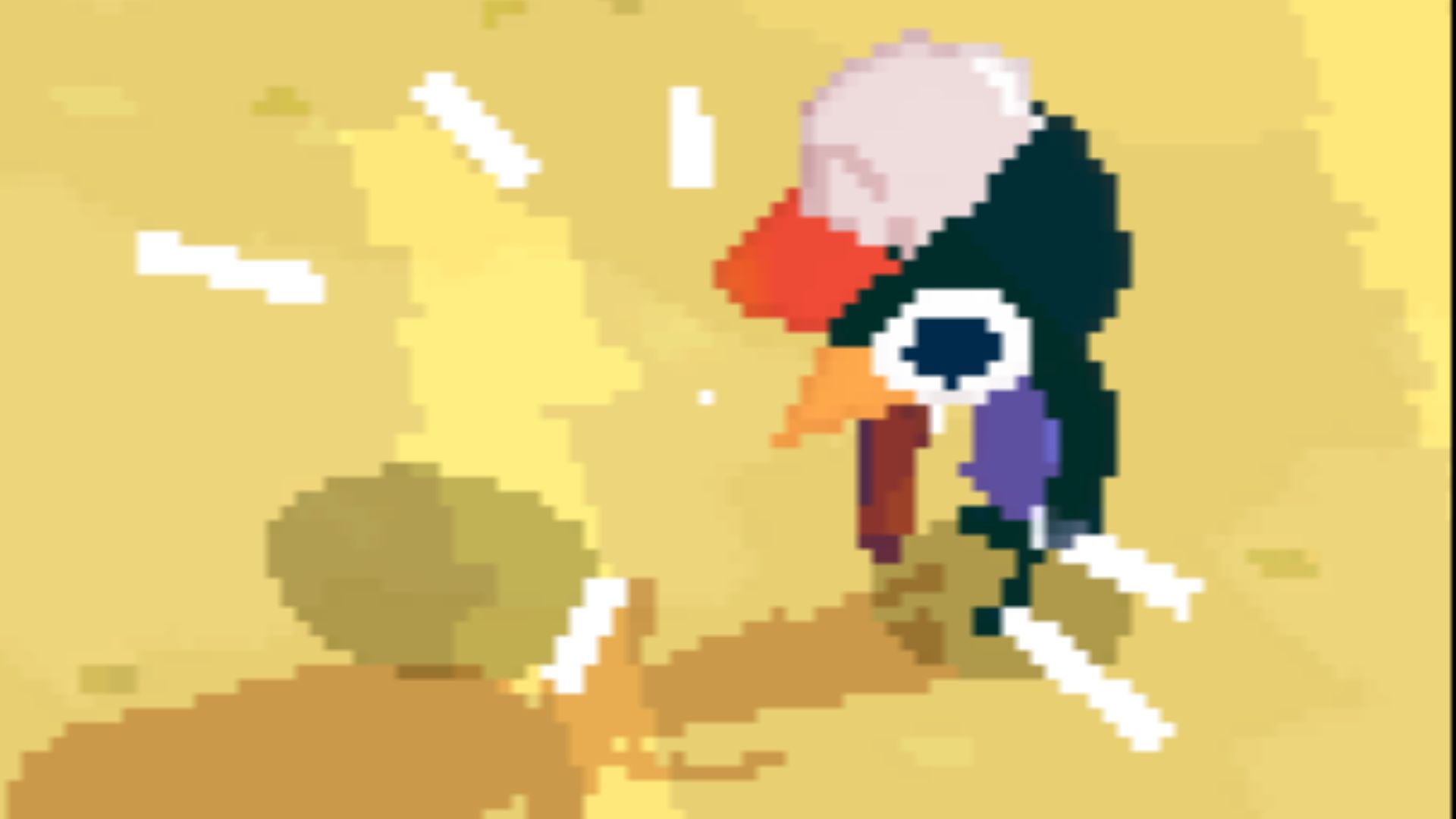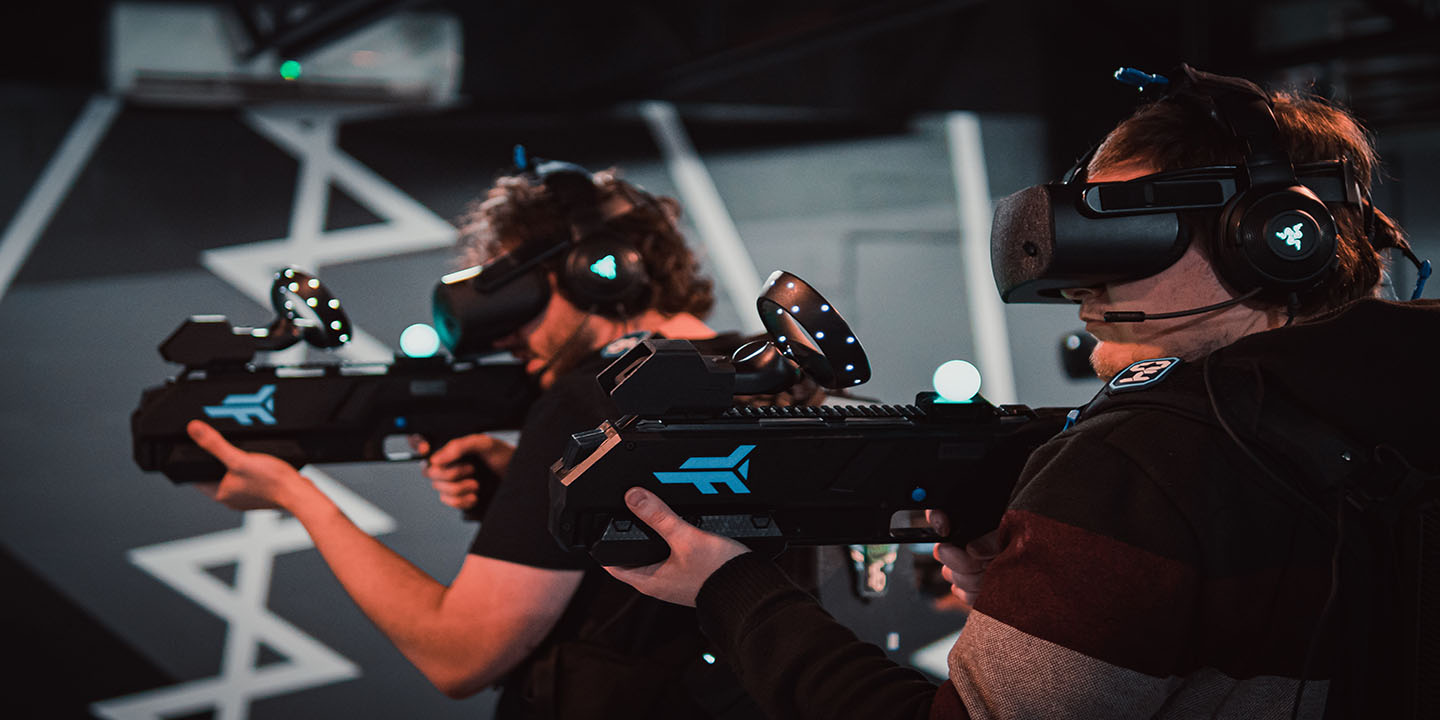When Big-Budget Sprawl Meets Small-Team Soul
Open-world games and indie adventures represent opposite ends of gaming's creative spectrum, yet they're both chasing the same thing: immersion, discovery, and that feeling of being in another world. Triple-A studios throw hundreds of millions at massive maps filled with content markers, while small teams craft tight, focused experiences where every pixel matters. Neither approach is inherently better. Sometimes you want to get lost in a continent-sized map for 200 hours. Sometimes you want a perfectly paced six-hour journey. Here are 10 of the best open-world games and 10 of the best indie alternatives.
 Clastr Cloud Gaming on Unsplash
Clastr Cloud Gaming on Unsplash
1. The Witcher 3: Wild Hunt
Geralt's monster-hunting odyssey across the Northern Kingdoms still holds up because the world feels lived-in rather than designed. Even the side missions have more narrative depth than most games' main storylines. You can spend 20 minutes following a trail through a forest, investigating a haunted house, and uncovering a tragedy that has nothing to do with the main plot.
 BANDAI NAMCO Entertainment Europe on Wikimedia
BANDAI NAMCO Entertainment Europe on Wikimedia
2. Red Dead Redemption 2
Rockstar's cowboy simulator is almost too detailed. Your horse's testicles shrink in cold weather, which tells you everything about the studio's obsessive approach to verisimilitude. The game moves slowly on purpose, with bathing, shaving, eating, and maintaining gear all requiring real time. Some people found this tedious. Others found it meditative.
 Clastr Cloud Gaming on Unsplash
Clastr Cloud Gaming on Unsplash
3. Elden Ring
The Lands Between sprawl in every direction, full of hidden caves and environmental storytelling that rewards players who actually look around. The game trusts you to figure things out. There are no quest markers, just a world full of danger and discovery.
4. The Legend of Zelda: Breath of the Wild
Nintendo rebuilt Zelda from the ground up around one principle: if you can see it, you can reach it. That simple rule changed everything. The game respects player creativity in ways most open-world games don't, allowing you to skip ahead to fight Ganon immediately if you so choose.
5. Ghost of Tsushima
Jin Sakai's samurai fantasy gets the aesthetics so right that you'll constantly stop just to watch grass blow in the wind. The guiding wind replacing traditional waypoints feels intuitive, turning navigation into part of the immersion rather than a UI element you're fighting against.
6. Skyrim
Thirteen years later, people still play this. The game's longevity comes from its willingness to let players break it; you can become an unstoppable stealth archer, a vampire lord who owns property and has a family, or just collect cheese wheels.
7. Horizon Forbidden West
Aloy's second adventure improves on Zero Dawn's foundation with better climbing, underwater exploration, and machine combat that feels more fluid. The post-apocalyptic America where robot dinosaurs roam remains visually stunning. The main story delivers, the machines are fun to fight, and gliding around on a Sunwing never gets old.
8. Assassin's Creed Odyssey
The game commits fully to RPG mechanics, giving Kassandra (or Alexios, though Kassandra's performance is significantly better) dialogue choices, romance options, and build variety. You could play for 100 hours and still have regions unexplored, yet the moment-to-moment gameplay loop of infiltrating forts and stabbing people from bushes remains satisfying.
9. Spider-Man (PS4/PS5)
Insomniac nailed web-swinging, which is 90% of what a Spider-Man game needs to succeed. Manhattan becomes a playground where web-slinging is so enjoyable that you'll take the long route everywhere. The story treats Peter Parker's dual life seriously, giving equal weight to superhero action and personal relationships.
10. Cyberpunk 2077
Night City is dense, vertical, and dripping with neon-soaked atmosphere. V's story with Johnny Silverhand goes places, helped enormously by Keanu Reeves actually caring about his performance. The game shines in side quests, particularly the gig economy missions where you're just a merc taking jobs.
And now, here are 10 indie games that turn creative constraints into compelling storytelling triumphs.
1. Hollow Knight
Hallownest sprawls beneath Dirtmouth, an interconnected underground kingdom full of secrets and environmental storytelling that trusts players to piece together the lore. The hand-drawn art style holds up beautifully. The Grimm Troupe and Godmaster DLCs added hours of additional content for free.
2. Celeste
Madeline's journey up the mountain works as both a platforming challenge and a meditation on anxiety and self-doubt. Each screen presents a puzzle where you know the solution but executing it requires precision and patience.
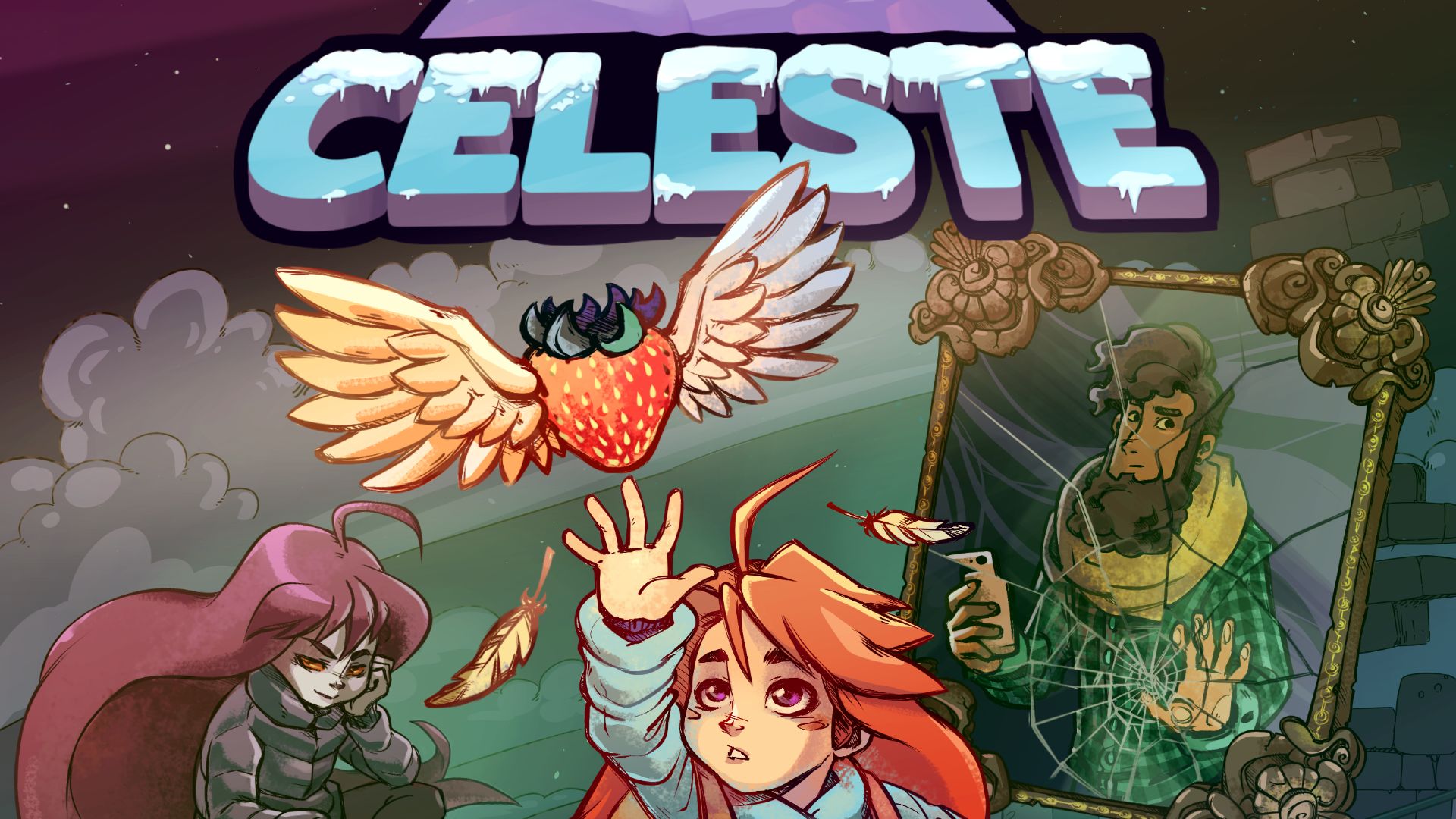 Maddy Makes Games on Wikimedia
Maddy Makes Games on Wikimedia
3. Hades
Every run teaches you more about Zagreus, his dysfunctional family, and the underworld's inhabitants. The combat feels fast, responsive, endlessly varied through different weapon and boon combinations. You'll die hundreds of times and never feel cheated.
 Unknown authorUnknown author on Wikimedia
Unknown authorUnknown author on Wikimedia
4. Outer Wilds
Outer Wilds drops you in a solar system stuck in a 22-minute time loop and says "figure it out." You explore, you learn, you die, you loop back, you try again with new knowledge. The mystery at the center rewards curiosity and patience.
 Alex Beachum, creator of Outer Wilds on Wikimedia
Alex Beachum, creator of Outer Wilds on Wikimedia
5. Disco Elysium
In this game, you play a cop who woke up with amnesia in a trashed hotel room, and from there things get weird. The game is entirely about conversation and investigation—no combat system at all. The writing is dense, political, often hilarious, and occasionally devastating.
6. Return of the Obra Dinn
Lucas Pope follows up Papers, Please with a mystery aboard a ghost ship. You have a magic watch that shows death scenes. That's it. You witness how 60 crew members died and must identify each one.
7. Undertale
Toby Fox's RPG subverts the genre by questioning why we kill things in video games. You can complete the entire game without fighting anyone. Every enemy has patterns, personalities, and can be befriended. The combat system parodies JRPG conventions while creating something genuinely innovative.
8. Stray
BlueTwelve's cat simulator in a cyberpunk world works because the cat moves like a real cat. You knock things off shelves, you scratch carpets, you meow at robots. The post-human city feels lonely and beautiful, full of robots trying to maintain human culture despite not understanding it.
9. A Short Hike
In this tiny game, you play a bird exploring an island, helping residents, finding secrets, and gradually gaining enough stamina to reach the summit. You can finish it in two hours, yet those two hours feel complete.
10. Tunic
The game looks like a classic Zelda, plays like Dark Souls, and hides secrets that require actual puzzle-solving outside the game. The instruction manual pages you find are partially in a fictional language, which means understanding the game's deeper systems requires translating and experimentation.




